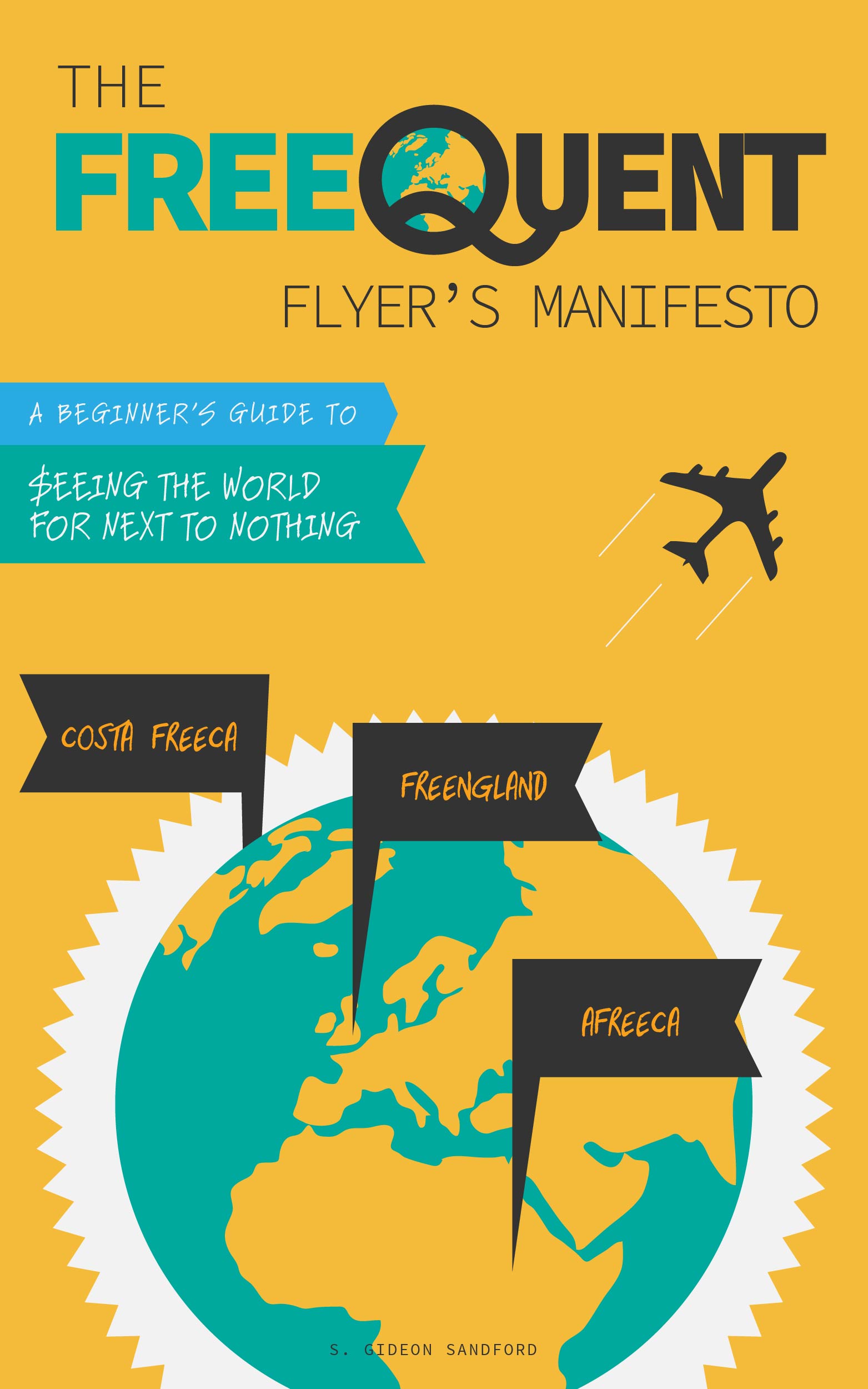Miles and points as an (irrational!) commitment mechanism
/One of the reasons I started blogging, all the way back in the long long ago, was that I was disillusioned and furious with bloggers who each week or month would run through a whole spectrum of airline or hotel co-branded credit cards, explaining why each in turn was the one readers absolutely had to have.
Of course it can't be the case that the Marriott Rewards Premier credit card (annual Category 1-5 night certificate!), IHG Rewards card (annual night certificate!), Citi Hilton HHonors Reserve (annual weekend night certificate!) are all the best co-branded hotel credit card.
So I build this website and started writing this blog with the goal of providing as much true information as possible, and the truth is the Hilton HHonors Surpass American Express is probably the best co-branded hotel credit card, if you're willing to manufacture spend furiously, with the possible exceptions of the Club Carlson Business Rewards Visa (if you can stand their rundown properties) and the Wyndham Rewards Visa, which earns a free night at any Wyndham Rewards property in the world every time you spend $7,500 with the card.
People really don't like paying for their travel
What I didn't understand when I started writing is that people really don't like to think about the money they spend on travel. For example, when I point out that a 30,000-point Hyatt Gold Passport redemption costs $300 per night, the comments section quickly fills up with people explaining that they paid much less than $300 for their Ultimate Rewards points, so it's not fair to say they're paying $300 for their Hyatt stay.
Ultimate Rewards points are worth 1 cent each when redeemed for cash. A 30,000-point transfer costs $300.
I don't mind paying for travel
I've loved to travel for as long as I can remember. Long before I learned about travel hacking, I was taking the Chinatown bus to Boston, DC, and New York City, spending Spring Break in Ireland, getting an English-language teaching certificate in Prague, and teaching English in Moscow.
And I just paid for it. I searched for the best prices, then I booked tickets, then I traveled.
If you don't like paying for travel, travel hacking is a convenient way to hide the cost
What I've come to realize is that one thing people like about travel hacking is that it gives them permission to travel.
If you earn $250 in cash on some bank account signup bonus, then you treat that $250 like cash, as you should.
But if you manufacture $10,000 in spend on a Hilton HHonors Surpass American Express and earn 60,000 HHonors points, you don't have to think about the $200 you've given up by not using a 2% cash back credit card. Instead, you're stuck with 60,000 HHonors points you have to use on Hilton hotel stays.
If you need a commitment mechanism, then go for it
In the economics literature, a commitment mechanism is a way to "commit" your future self to some action that you're not sure you'll do in the absence of the mechanism. A typical example is the 10% withdrawal penalty on IRA balances as a way to commit your future self to not touch your retirement savings until you reach the penalty-free retirement age.
When deciding between a cash back card and a travel rewards card, you may have legitimate concerns that your future self will use cash back to make mortgage payments, save for retirement, or buy a flat-screen TV, when you know that what your future self will really value is a trip to Italy.
One way to commit your future self to the Italy trip is to make it so unreasonably expensive to convert miles or points to cash that they're compelled to use them to travel instead.
You know yourself better than I do. If that's you, then leave the cash on the table and pay a little more to commit to the travel that's really going to enrich your life.
Conclusion
This post is my way of making peace with people who really do need to "lock up" a certain portion of their earnings in order to give themselves permission to travel.
On the other hand, that will never be the approach I take to travel, or to travel hacking, so I'll keep writing about the cheapest, easiest ways to earn as much value as possible, and I'll leave it up to my readers to decide how much needs to go into a lockbox rather than into a checking account!


